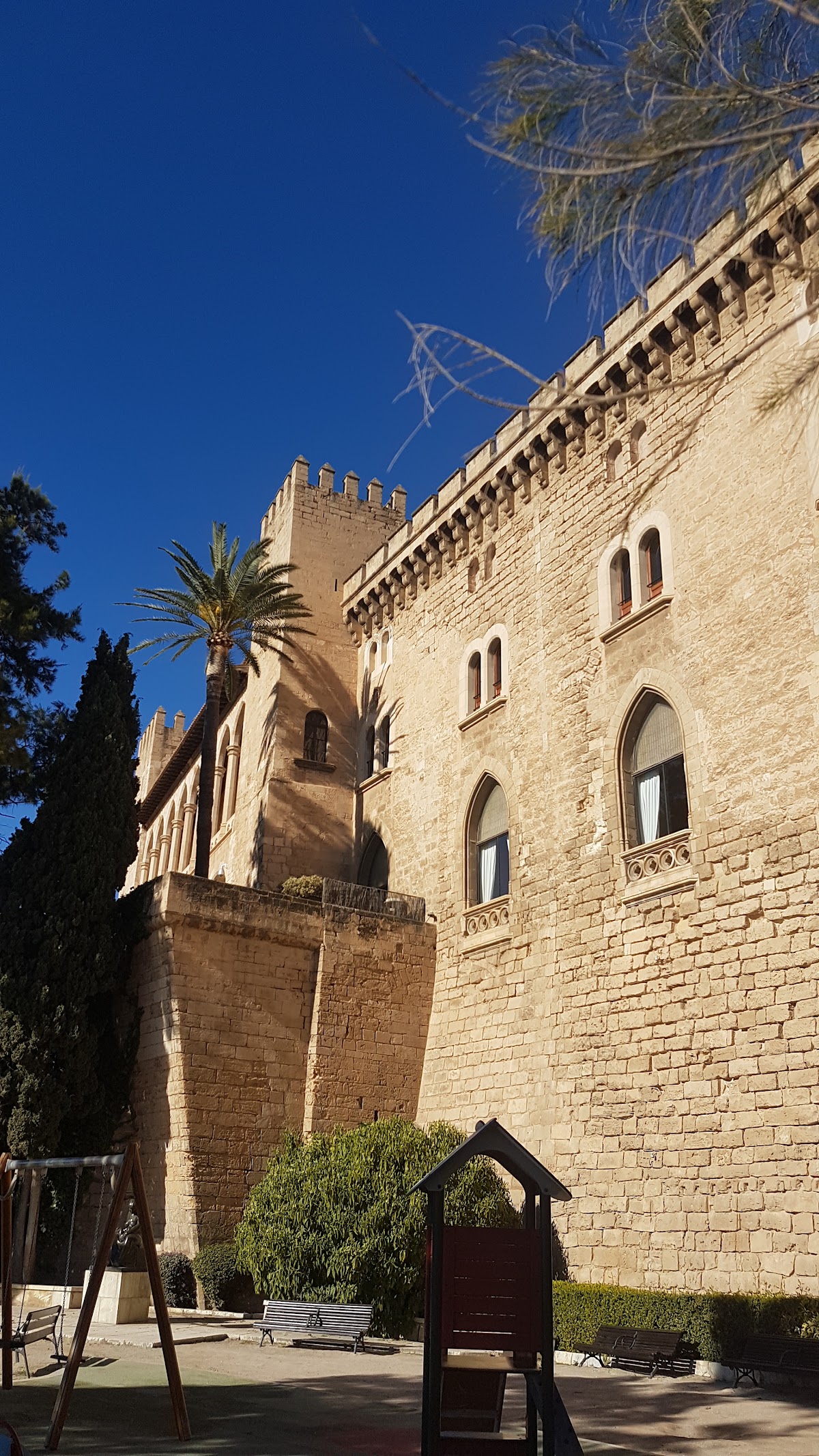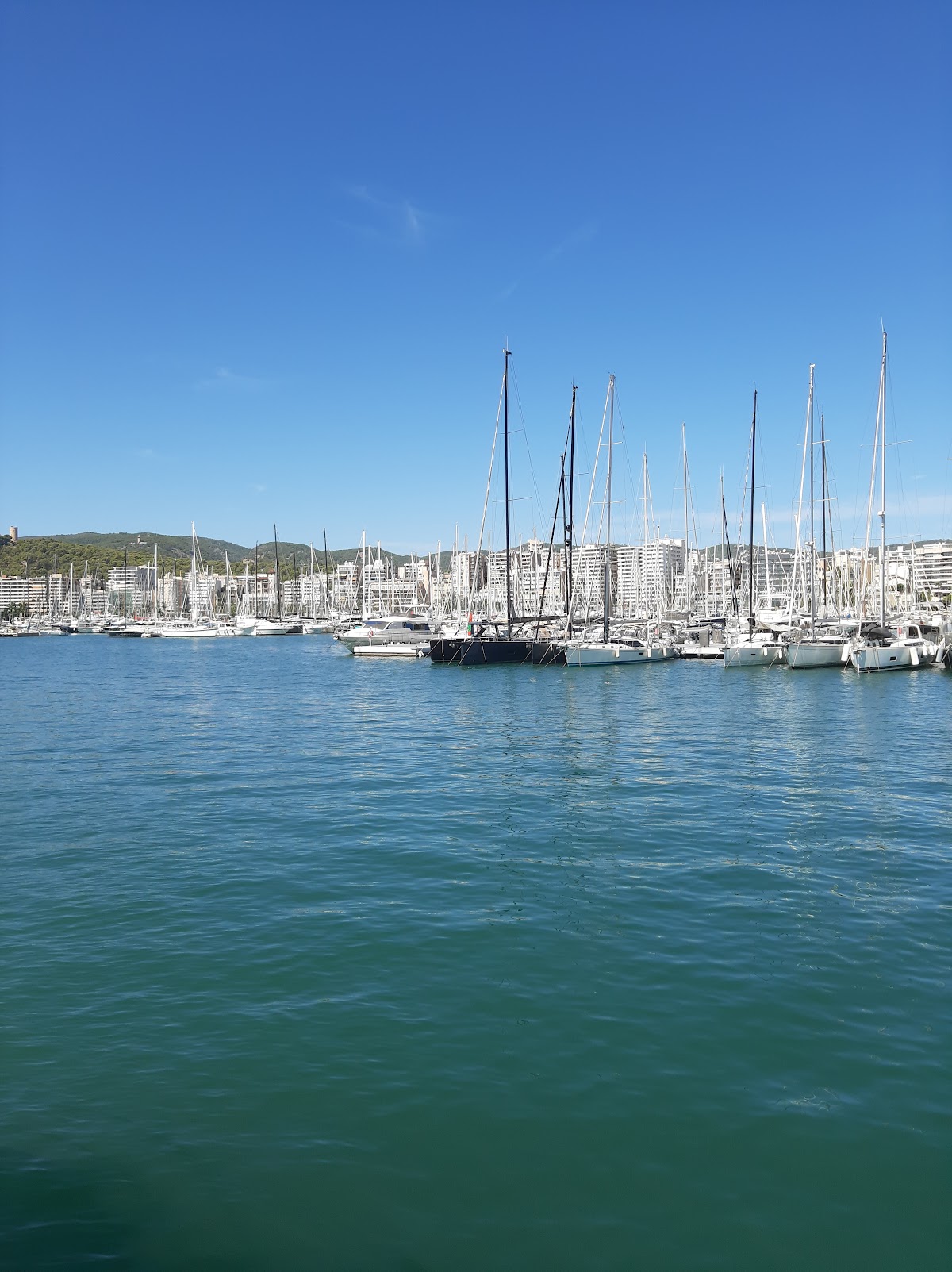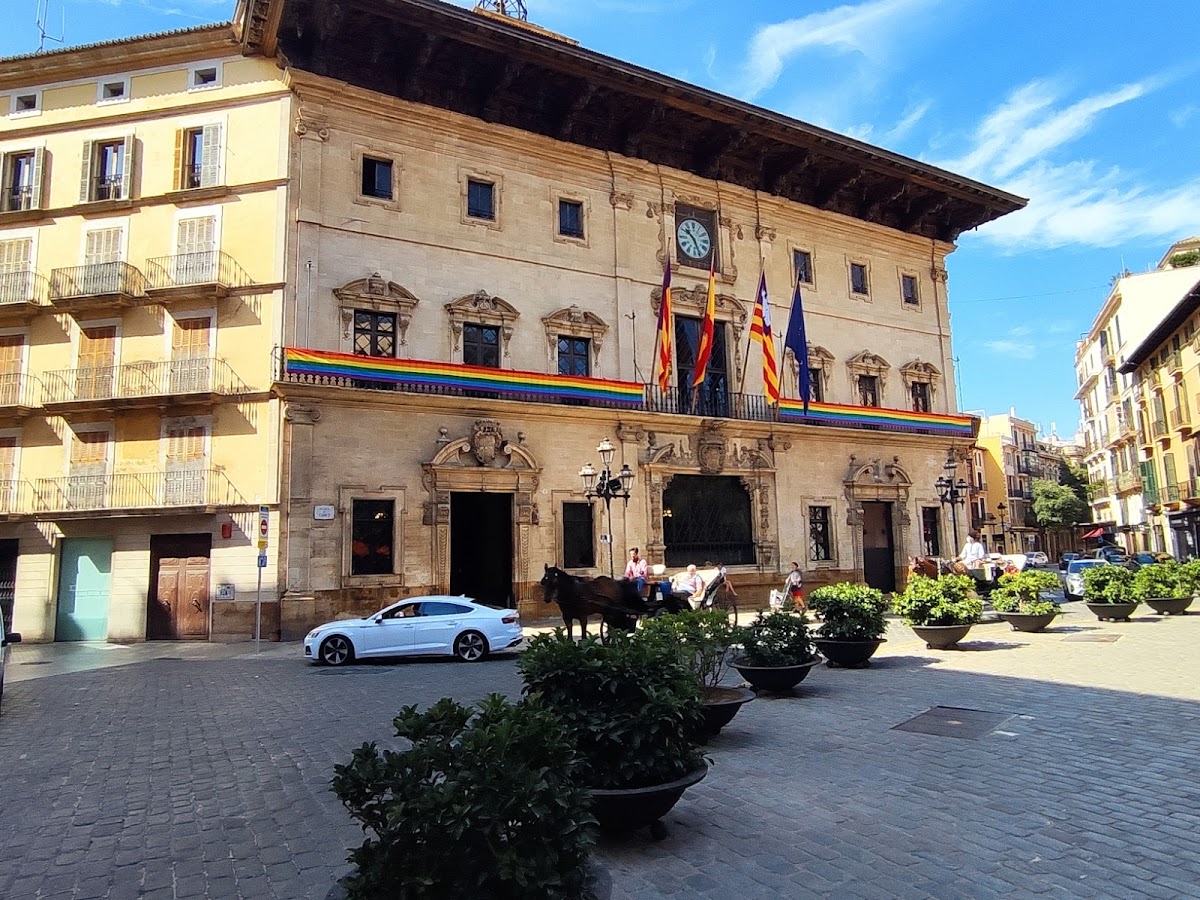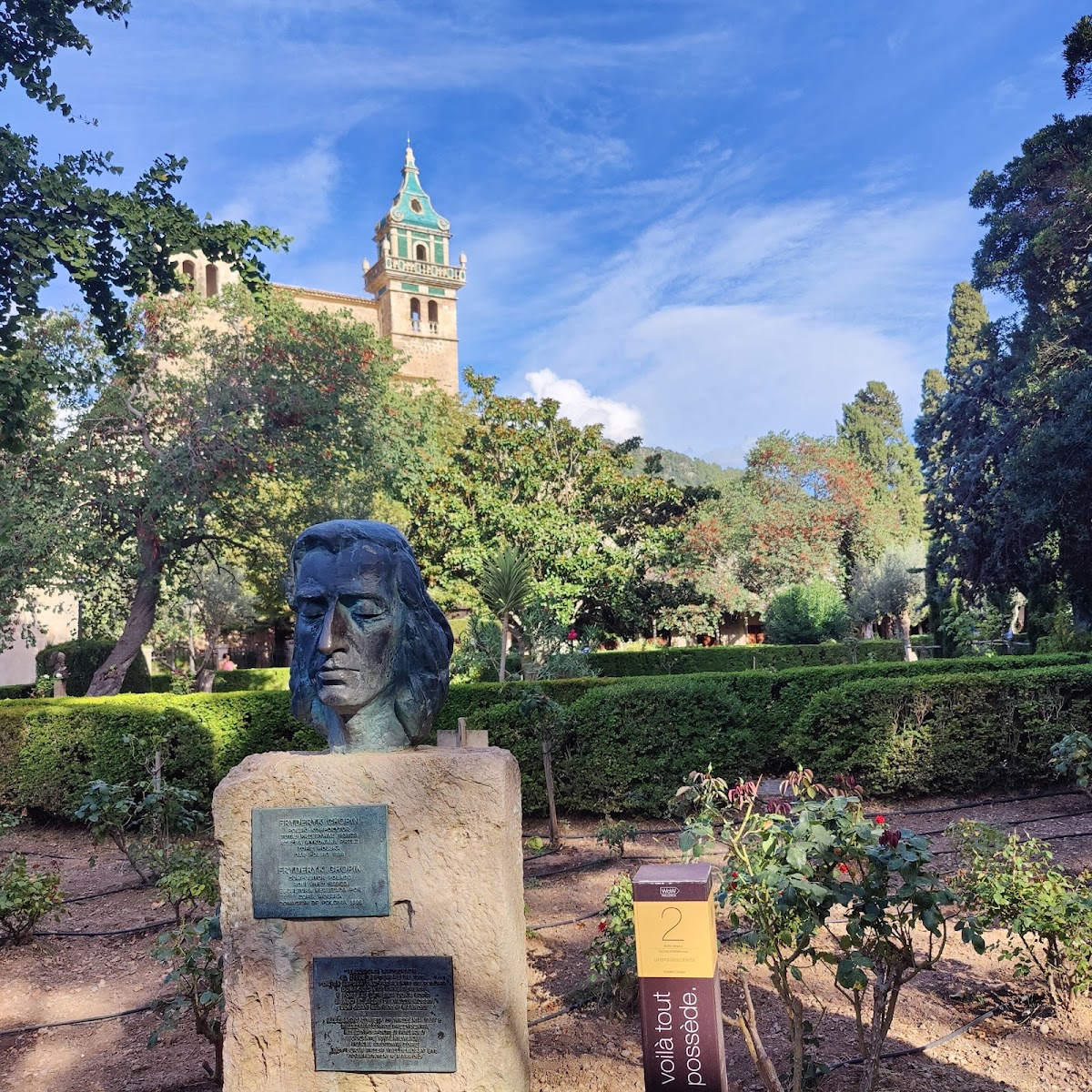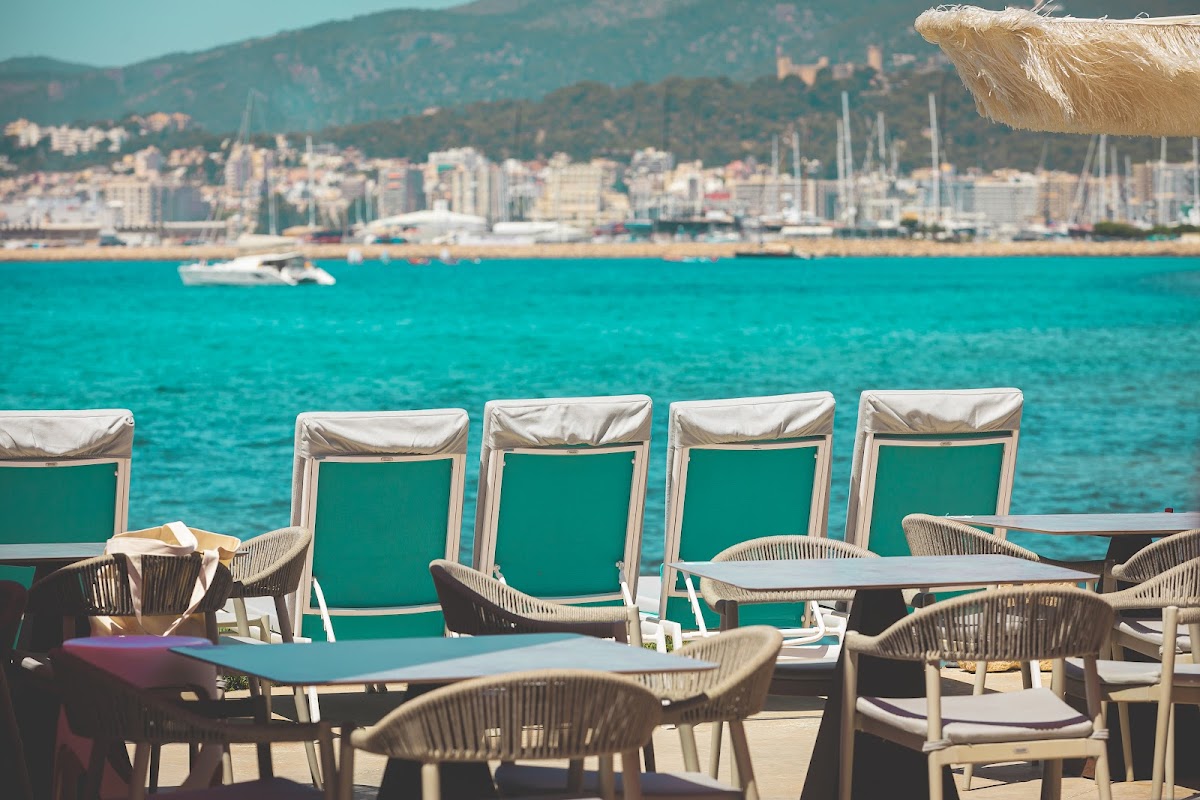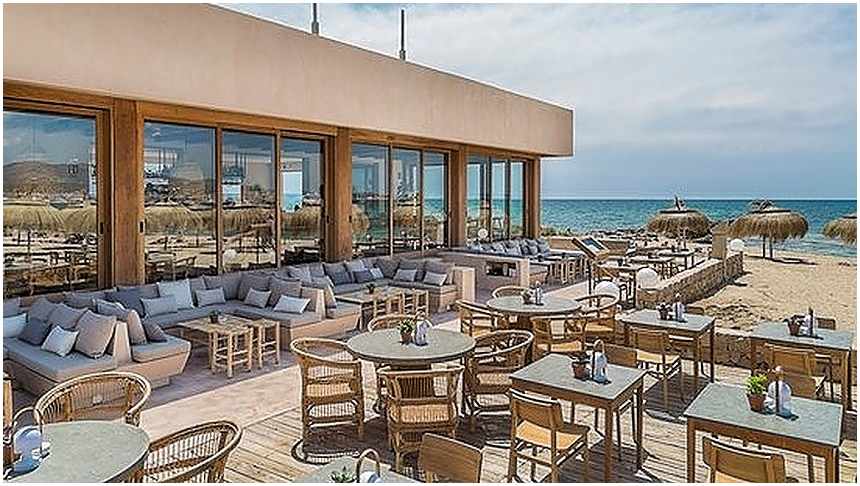Mallorca Cruise Port - Gothic Waterfront, Secret Calas & Tapas Trails
The Port of Palma, nestled in the stunning Bay of Palma on the southwestern coast of Mallorca, boasts a rich and complex history that mirrors the island's own journey through various civilizations and economic shifts. More than just a functional harbor, it's a living testament to Palma's enduring maritime importance.
Ancient Origins and Early Development
The story of the Port of Palma stretches back millennia. Records indicate shipping activity in the city even before Muslim domination (902-1229 AD), with early port areas located at Portopi and La Cala (now largely landlocked).
The Romans, who founded Palma as "Palmaria Palmensis" in 123 BC upon the remains of a Talaiotic settlement, recognized the strategic value of its natural harbor. While Pollentia (on the northeast of the island) served as a port for Roman cities in the northwestern Mediterranean, Palma was the crucial link to North Africa (like Carthage) and Hispania (Saguntum, Gades, Carthago Nova).
During the period of Islamic rule (902-1229 AD), the city, known as Medina Mayurqa, flourished as a major port for trade within the Emirate of Córdoba. It also gained a reputation as a base for launching attacks on Christian vessels and coasts, notably during a campaign against Sardinia in 1016-1017.
Medieval and Early Modern Eras
Following the Christian conquest by King James I of Aragon in 1229, Palma became the capital of the Kingdom of Mallorca. References to the "Old Quay" date back to his orders in 1273, indicating the continued use and development of the port. These primitive port facilities, however, remained largely unchanged until the early 19th century.
During this long period, the port served as a vital hub for regional trade, connecting Mallorca to the wider Mediterranean and facilitating the export of local products and the import of essential goods. The city's economy often intertwined with maritime activities, including both legitimate trade and, at times, piracy.
The Rise of the Modern Port (19th Century Onwards)
The beginning of the 19th century marked a turning point for the Port of Palma. From this point forward, continuous construction and expansion projects began to shape the modern port we see today. The increasing volume of trade and the need for more sophisticated infrastructure drove these developments.
In 1872, the Board of Construction of the Port of Palma was created, signifying a more organized and dedicated approach to port management. This body, though undergoing several name changes over the decades, was instrumental in overseeing the port's modernization.
Key Functions and Transformation in the 20th and 21st Centuries
The 20th century, particularly from the 1950s onwards with the advent of mass tourism, brought significant changes to the port's role. While it maintained its commercial and fishing functions, the Port of Palma rapidly grew into one of the most important cruise ports in the entire Mediterranean.
Today, the Port of Palma is a multi-functional entity, strategically divided into distinct areas:
- Commercial Docks: Handling cargo and ferry services connecting Mallorca to the other Balearic Islands and mainland Spain (like Valencia).
- Poniente Quays and West Breakwater (Dique del Oeste): Primarily serving as cruise terminals, welcoming millions of passengers annually.
- Marina Docks: Catering to recreational sailing, including private yachts and hosting prestigious regattas such as "The King's Cup" and the "HRH Princess Sofia Trophy."
- Commercial Fishing Activities: Sustaining Mallorca's traditional fishing industry.
The port is located in the middle of Palma, just in front of the historic Old Town, with a long waterfront promenade (reclaimed from the sea in the 1960s) connecting its various sections.
Modern Challenges and Future Vision
Despite its prominence, the Port of Palma faces ongoing challenges related to space limitations and the need to balance diverse demands for its facilities. It continues to evolve, with ongoing infrastructure master plans aimed at optimizing its use, integrating it further with the urban environment, and embracing environmental initiatives. Recent developments, such as the renovation of the Club de Mar, highlight a commitment to modernizing facilities while maintaining the port's unique character and environmental responsibility.
The Port of Palma stands as a dynamic gateway to Mallorca, seamlessly blending its ancient heritage as a vital maritime link with its modern role as a bustling commercial hub, a premier cruise destination, and a vibrant center for recreational sailing. Its history is a testament to its enduring importance to the island's economy, culture, and connection to the wider world.
Mallorca, the sparkling jewel of the Balearic Islands, is a favored destination for cruise ships navigating the azure waters of the Mediterranean. With its captivating blend of rich history, vibrant culture, and breathtaking natural beauty, Mallorca offers cruise passengers an unforgettable experience, whether they seek adventure, relaxation, or a bit of both.
Cruise Ships Stopping in Mallorca
Mallorca is a popular stop for many renowned cruise ship companies, each offering a unique experience for travelers. Some of the major cruise lines that include Mallorca in their itineraries are (click name to visit website):
- Royal Caribbean International
- Norwegian Cruise Line
- MSC Cruises
- Costa Cruises
- Celebrity Cruises
- AIDA Cruises
- TUI Cruises
- Princess Cruises
- Holland America Line
- Carnival Cruise Line
Exploring Palma de Mallorca
Location and How to Get There
Once you step off the ship, Palma's city center is just a 15-minute walk from the port. Alternatively, you can hop on a bus or take a short taxi ride.
What Makes It Special
Palma is a city that effortlessly blends the old with the new. From its striking Gothic cathedral, La Seu, to the charming narrow streets of the Old Town, Palma is a treasure trove of history and culture. The city's vibrant shopping districts, bustling markets, and picturesque seaside promenade offer plenty for cruise passengers to discover.
Best Times to Visit
Visit the city in the morning to enjoy cooler temperatures and fewer crowds at popular attractions like the Palma Cathedral and Bellver Castle.
Insider Tips
- Take a guided walking tour to uncover the hidden gems of Palma's Old Town.
- Visit the Mercat de l'Olivar for a taste of local produce and traditional Mallorcan delicacies. On your way there, you can walk by Placa de Cort.
Discovering Mallorca's Natural Beauty
While Palma is a hub of activity, Mallorca's true charm lies in its stunning natural landscapes. From the port, consider booking a shore excursion or renting a car to explore the island's diverse terrain.
Take a day trip to the picturesque village of Valldemossa or the stunning beaches of Cala Mondragó.
Valldemossa
Cala Mondrago
If you prefer to walk along the water's edge, head east from Port of Palma and you'll find two restaurants on the beach, Anima Beach Club and Assaona Gastorbeach Club:
Anima Beach Club
Assaona Gastrobeach Club
Conclusion
Mallorca offers cruise visitors a perfect blend of cultural richness, historical intrigue, and natural splendor. Whether you're wandering through the charming streets of Palma, basking on a sun-drenched beach, or exploring the island's scenic landscapes, Mallorca promises an unforgettable Mediterranean adventure. With this guide in hand, you're well-equipped to make the most of your cruise stop in this enchanting destination. Bon voyage!
Mentioned in This Guide
Explore all the locations mentioned in this guide on the map below.
Anima Beach Palma
Autopista de Llevant, s/n, Llevant, 07006 Palma, Illes Balears, Spain
Valldemossa
07170 Valldemossa, Balearic Islands, Spain
Port de Palma
Puerto de Palma de Mallorca, Spain
Royal Palace of La Almudaina
Carrer del Palau Reial, s/n, Centre, 07001 Palma, Illes Balears, Spain
Anssia Gastrobeach Club Palma
Passeig Portitxol, s/n, Platja de Palma, 07006 Palma, Illes Balears, Spain
Plaça de Cort
Plaça de Cort, Distrito Centro, 07001 Palma, Illes Balears, Spain

